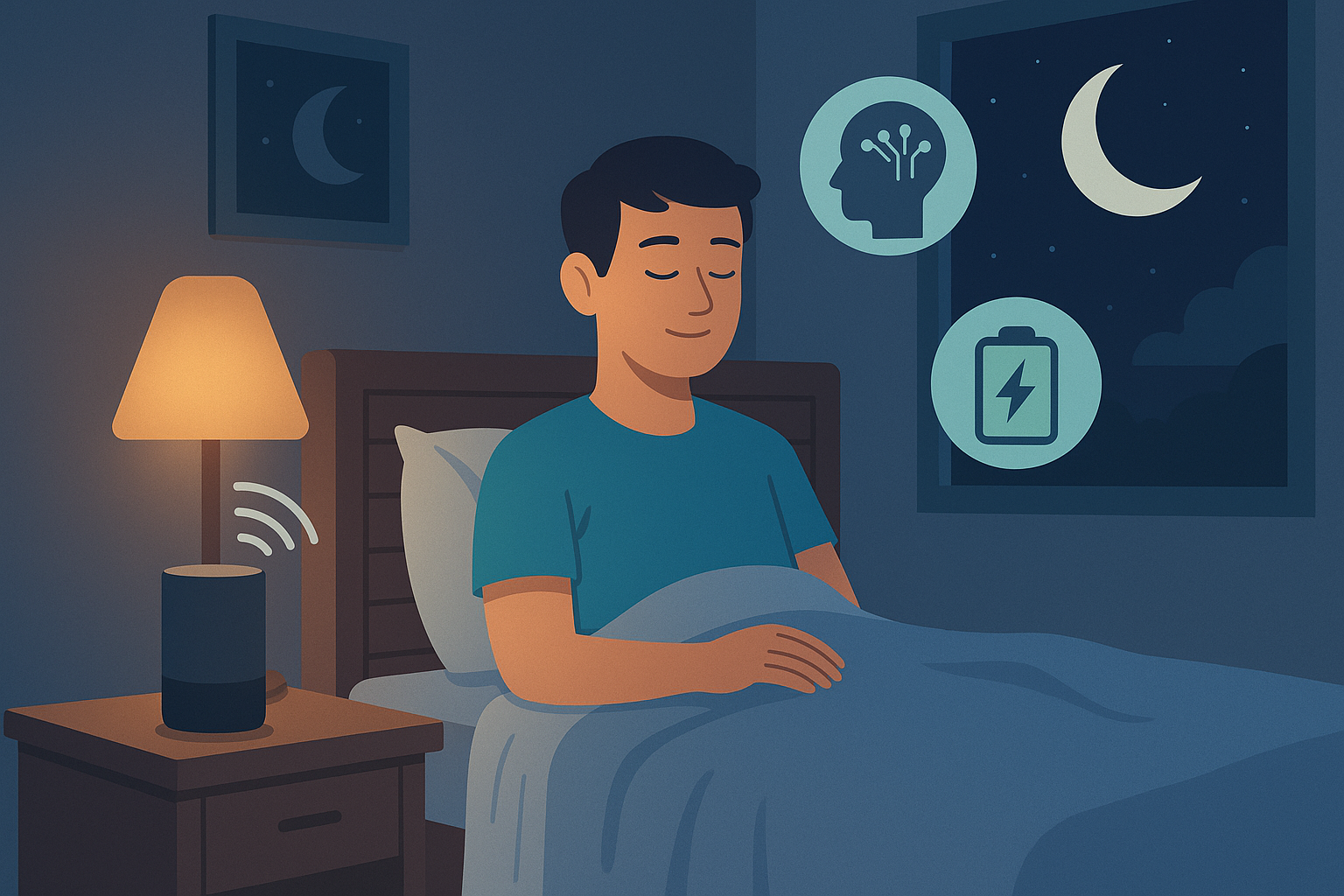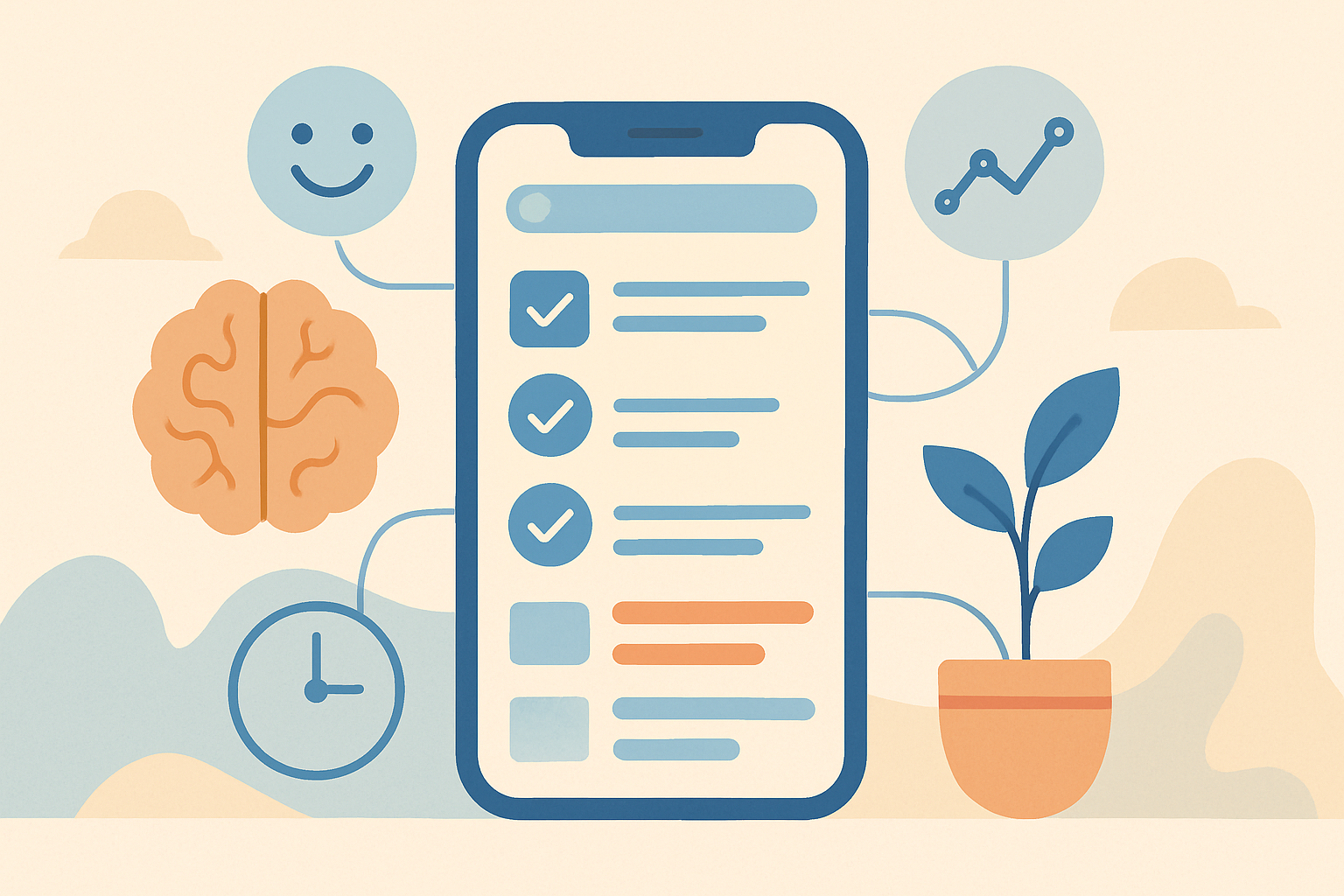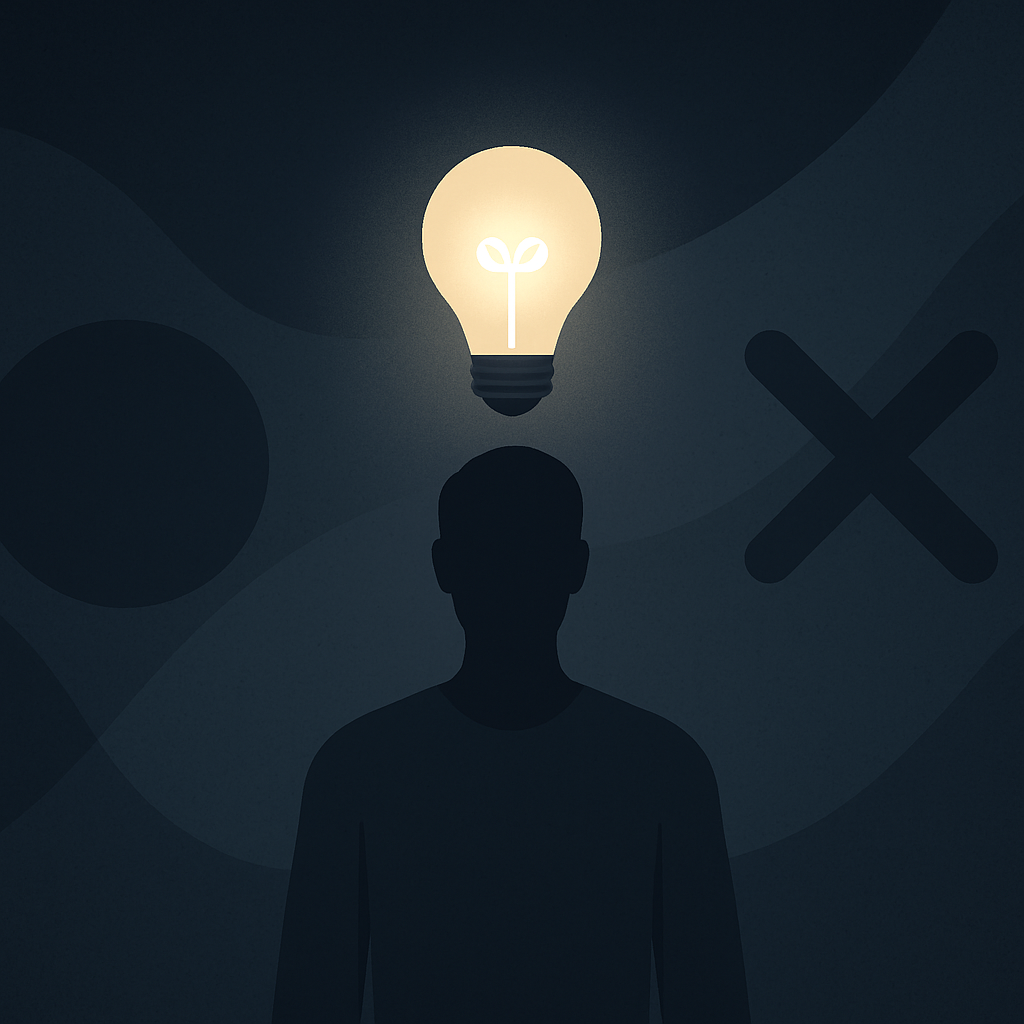AI Night Routine. Your morning doesn’t begin when you wake up — it begins the night before.
The quality of your day is built on the rhythm of your night. Yet, in a world where screens glow until midnight and stress doesn’t stop with the clock, consistency at night feels impossible.
This is where the AI night routine comes in — a system that blends data, automation, and awareness to help you unwind intelligently.
It’s not about switching off everything; it’s about letting technology help you disconnect from the right things.

The Science Behind Better Evenings AI Night Routine
The human brain needs predictability to recover. When nights are chaotic, the body can’t regulate melatonin, deep sleep, or emotional reset.
Traditional “night routines” often fail because they rely on willpower — the very resource that’s lowest at the end of the day.
AI changes that by doing the thinking for you.
An AI night routine adapts to your daily rhythm, analyzes fatigue patterns, and automates environmental cues like lighting, temperature, and sound.
It replaces mental effort with natural flow — your body gets the signal to rest before you even realize you need it.
What an AI Night Routine Looks Like
Imagine finishing your workday. Your AI assistant detects that your calendar is clear and your screen time is rising.
Soft light gradually dims in your workspace.
Spotify pauses automatically.
Your smart home lowers room temperature by two degrees.
Fifteen minutes later, your AI journaling app opens, prompting you to summarize the day in three sentences.
Your reflections are processed — tone, stress level, gratitude markers.
If tension levels are high, Calm AI suggests a short meditation. If creativity peaks, Mindsera saves tomorrow’s first idea into your Notion database.
You didn’t force anything. You just followed the flow of an intelligent system built around recovery.
That’s what an AI night routine really is — rest, automated.
The Core Layers of an AI Night Routine
To build one, you only need three functional layers.
| Layer | Function | AI Tools |
|---|---|---|
| Environment Layer | Adjust lighting, sound, and temperature automatically | Philips Hue + Alexa Routines + SleepSpace |
| Mind Layer | Reflect, release stress, capture insights | Mindsera + Reflectly AI |
| Body Layer | Sync recovery with biometrics | Oura + WHOOP + Calm AI |
Each layer activates in sequence. First, your environment detaches you from stimulation. Then, your mind transitions from processing to peace. Finally, your body’s recovery system takes over.
AI acts as the bridge — connecting physiology, psychology, and environment into one consistent nightly rhythm.
Example: The 45-Minute AI Night Reset
Here’s what a practical evening powered by AI could look like.
| Time | Action | AI System | Purpose |
|---|---|---|---|
| 21:30 | Smart lights dim to warm tone | Philips Hue + Alexa | Signal rest mode |
| 21:45 | AI journaling prompt opens automatically | Mindsera | Reflect & clear mental clutter |
| 22:00 | Calm AI launches 10-min meditation | Calm AI Coach | Lower stress response |
| 22:15 | Oura syncs recovery metrics | Oura + Reclaim AI | Track readiness for sleep |
| 22:30 | SleepSpace activates smart audio scene | SleepSpace | Improve sleep quality |
This process takes less than an hour, yet it resets everything — mind, mood, and body.
And the best part? It requires no willpower. Once configured, your AI night routine runs itself.
AI Night Routine Why Most People Struggle with Night Routines
Consistency fails when routines depend on memory or motivation. You’re tired, distracted, or caught up in unfinished work.
AI solves that by shifting from discipline to design.
Your AI doesn’t need motivation. It follows data.
It knows when you’re working late. It sees when your stress patterns rise. It reminds you gently — not with alarms, but with adaptive cues.
Over time, your system trains your brain to associate calm with certain triggers — lights dimming, music softening, journaling prompts appearing.
Eventually, your body starts preparing for rest automatically.
That’s not productivity — that’s neuroscience supported by artificial intelligence.
Turning Reflection into Reset
One of the most overlooked parts of any night routine is closure — mentally finishing the day.
AI journaling plays a key role here.
Instead of forcing yourself to “empty your mind,” your AI journaling tool helps you process thoughts efficiently.
You might write something like:
“I felt distracted during meetings but creative during solo work. I’m worried about tomorrow’s presentation.”
AI interprets tone, emotion, and tension. It responds:
“Would you like to prepare key notes before bed or add it to tomorrow’s priority list?”
That micro-intervention ends rumination — a major cause of poor sleep.
AI doesn’t remove emotion; it organizes it.
Using Data to Design Better Rest
An AI night routine gets stronger the longer you use it. Each night generates insights:
- What time your mind truly starts winding down.
- How caffeine, workouts, or screen time affect your sleep.
- Which habits improve deep rest most effectively.
Over weeks, your system adjusts. It starts predicting fatigue before you feel it.
Your schedule, lighting, and journaling all sync to create a personalized recovery architecture.
You don’t just sleep better — you live better because you recover completely.
A Smarter Relationship with Sleep
Sleep is not just biological; it’s behavioral.
AI helps bridge that gap by connecting awareness with automation.
Instead of reading generic advice about “sleep hygiene,” you live it — guided by intelligent feedback loops.
Your environment, emotions, and energy finally move in harmony.
The result is not only deeper rest but mental consistency — the clarity that comes when your nights and days stop fighting each other.
Conclusion
A true AI night routine is more than just better sleep.
It’s an act of design — an architecture of calm built from awareness, data, and rhythm.
Technology, when used intentionally, doesn’t distract; it restores.
It gives structure to peace, and in doing so, creates balance.
Because real productivity doesn’t begin in the morning — it begins when you learn how to end your day.
By MBFProductivity
Further Reading & Related Insights
Internal link:
→ Design an AI-Powered Life System — Learn how to integrate your routines into a single intelligent system that manages your focus, rest, and energy.
External links:
→ Mindsera — Build reflective awareness with AI-powered journaling and mindset analytics.
→ SleepSpace — Optimize rest cycles with adaptive AI soundscapes and environmental cues.
Blog
This section provides an overview of the blog, showcasing a variety of articles, insights, and resources to inform and inspire readers.
-

AI Habit Tracking and the New Rhythm of Modern Self-Improvement
AI Habit Tracking. Progress used to depend on discipline. Now, it depends on data.…
-

AI Decision Making and the New Discipline of Intentional Living
AI Decision Making. Every “yes” has a cost. Every time you agree to something…
-

The Perfect AI Night Routine to Sleep Better and Think Smarter
AI Night Routine. Your morning doesn’t begin when you wake up — it begins…
